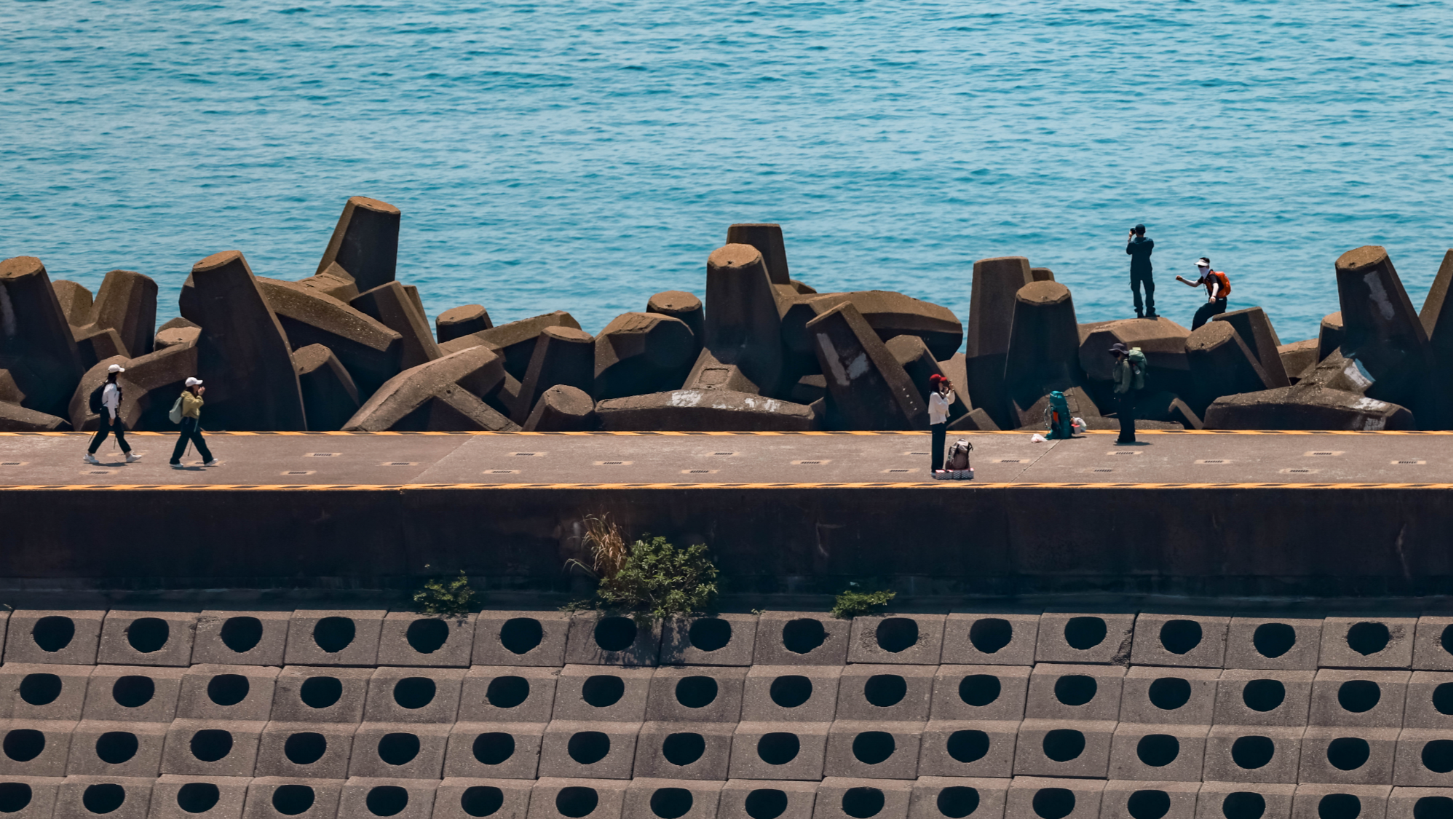
In February, Serena Zheng, an experienced Hong Kong hiker, completed a 12-kilometer trek along the famous MacLehose Trail (Section 2) in Sai Kung. However, as daylight waned, she and her group found themselves stranded in the mountainous terrain without transportation or any phone signal.
They joined dozens of other exhausted hikers — mainland tourists and local residents alike — at the Sai Wan Pavilion bus stop, only to discover that the last minibus had departed around 6 pm. Despite Zheng’s assumption that taxis would be readily available at the renowned tourism spot, they were not.
Zheng’s group began their cold, dark descent down the mountain. After a tense 30 minutes, a faint signal allowed them to book a ride through a car-hailing app.
Reflecting on their poor planning, Zheng said that young travelers now rely heavily on crowd-sourced guides, which she admitted can be “incomplete or even suggest risky routes”, yet, this has become the norm.
Their predicament highlights the challenges faced by rural-area explorers — a growing demographic fueled by the hiking craze on social media.
Hong Kong boasts 44,842 hectares of country parks, woodlands, reservoirs, and scenic coastline, including the 100-km MacLehose Trail, recognized as one of National Geographic’s “20 dream trails” in the world.
ALSO READ: Rejuvenating city’s natural treasures
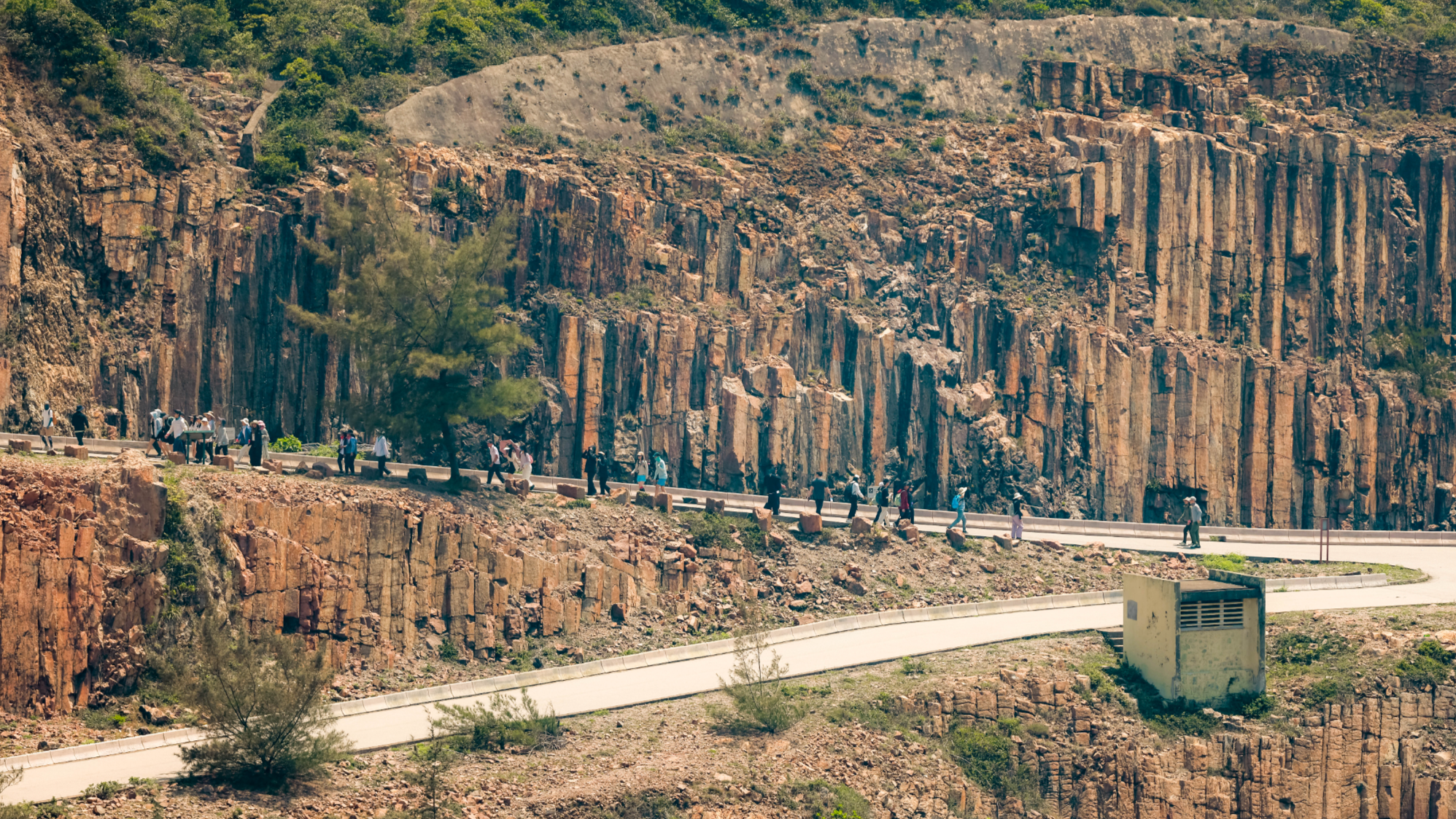
In 2024, these areas recorded 11 million visitors engaging in hiking, barbecues, camping, and family outings. The government’s Enjoy Hiking app, designed for outdoor guidance, surpassed 480,000 downloads by April, with about 100,000 nonlocal users.
Yet, the influx of visitors has led to headlines and online debates calling for improvements due to overcrowded routes, soaring taxi fares, long lines, poor phone signals, and issues like littering.
In October, an exhausted mainland hiker on Section 2 of the MacLehose Trail sparked controversy by calling for ambulance services and posting her experience online.
Some comments said that tourists are often misled by user-generated tips and underestimate the challenges of certain trails, especially during Hong Kong’s intense tropical heat.
Despite her ordeal, Zheng remains optimistic about ecotourism development but insists on the need for better infrastructure — starting with reliable cell service. “That’s the bare minimum,” she said.
Regarding communication issues in remote areas, officials cited a lack of “commercial incentive” for mobile network operators to expand services into sparsely populated, rugged terrain.
ALSO READ: HK answers nation’s call on ecology protection
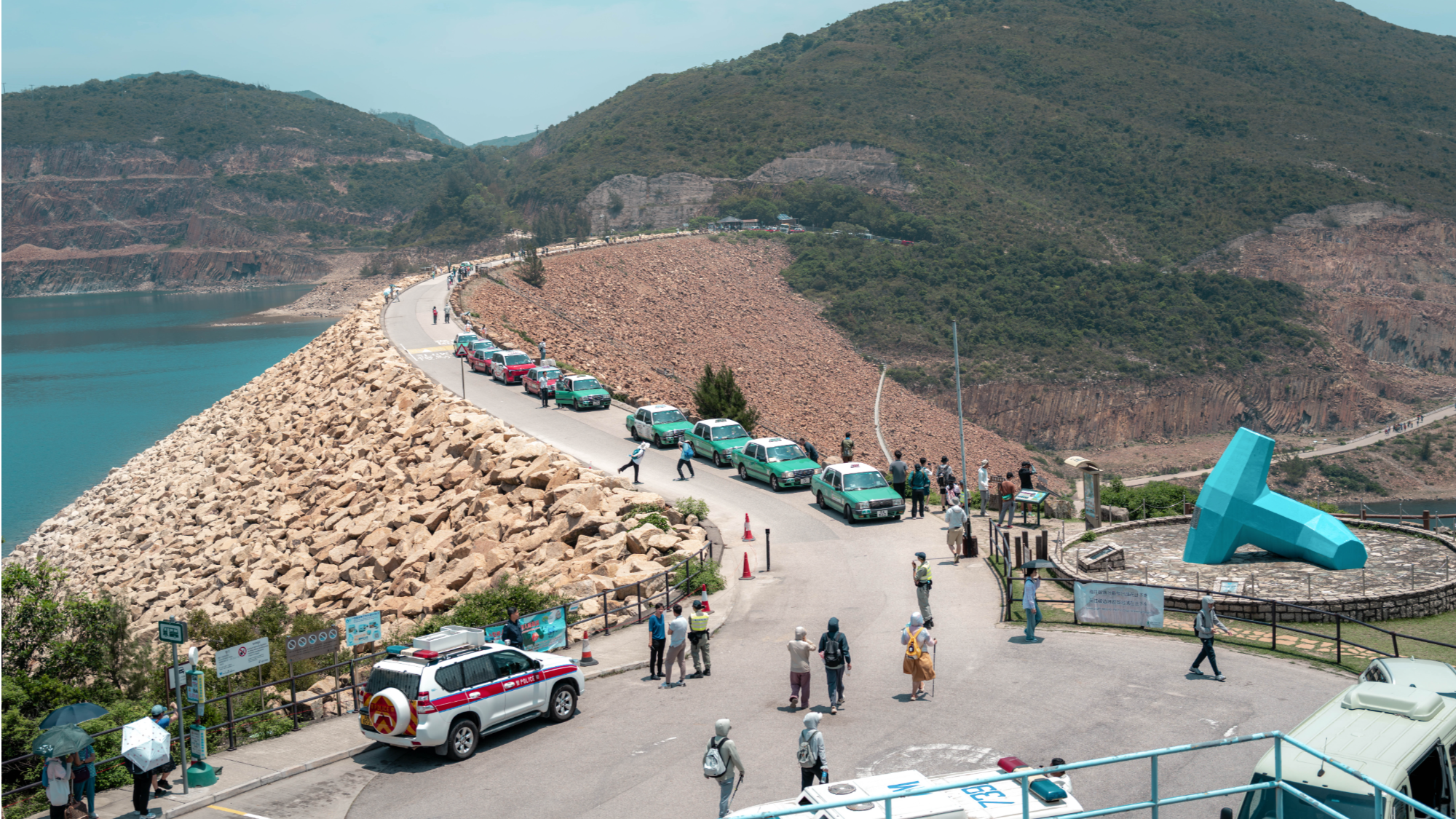
In 2018, the government of the special administrative region initiated the Subsidy Scheme to Extend Fibre-based Networks to Villages in Remote Areas, offering financial incentives to telecom operators to expand fiber networks to 235 villages by 2026. By April 2024, over 160 villages had benefited.
This month, a new subsidy program was introduced to expand 5G coverage in rural and remote regions, funding around 50 radio base stations within four years. Coupled with the existing 33 stations in country parks and rural areas, mobile network coverage is projected to increase from 80 percent to at least 90 percent, exceeding 98 percent along major hiking trails.
In May, Hong Kong launched nine new “tourist hot spot” projects, including popular hiking trails such as Victoria Peak, Lantau Peak, Sai Kung coast, and Tai Mo Shan. The initiative reinforces Hong Kong’s push for “tourism everywhere” with a focus on ecotourism growth, as highlighted by Chief Executive John Lee Ka-chiu in both his 2023 and 2024 Policy Addresses.
ALSO READ: Hotspot projects to ‘make tourism everywhere’ in HK
Solid infrastructure the key
“To boost ecotourism, priority lies in supporting facilities,” said Chris Cheung Mei-hung, a Sai Kung District Council member. Known for its natural landscapes like countryside and ocean, the eastern New Territories district is a key focus of the government’s ecotourism strategy.
Cheung, who holds a tour escort license, stressed the pivotal role upgrading transportation infrastructure can play in supporting tourism development in the region.
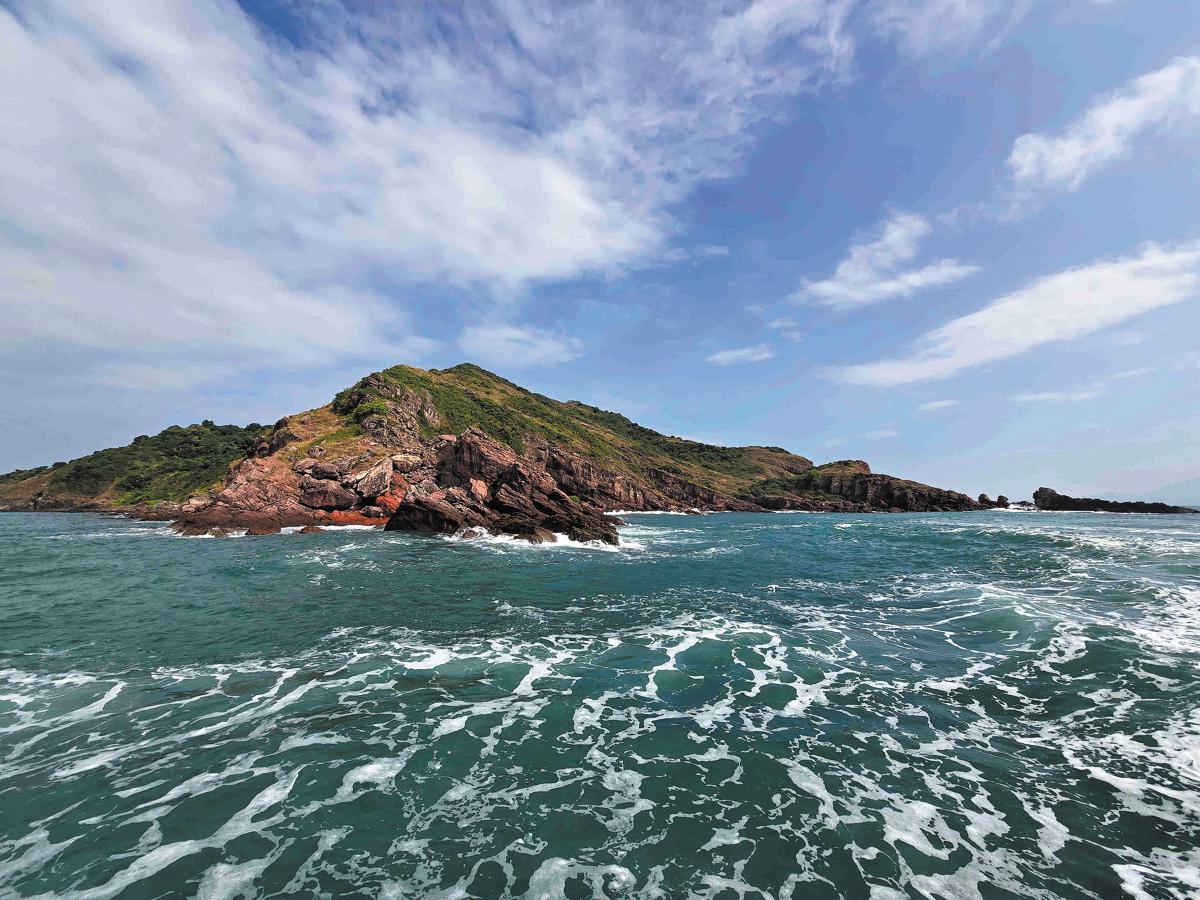
Many Sai Kung tourist spots, such as High Island Reservoir East Dam and Sai Wan, are only accessible by non-franchised “residents’ buses”, which have limited capacity and operate infrequently — some only running on weekends. This lack of transportation forces tourists to endure long lines for scarce taxi services.
Cheung urged the authorities to evaluate visitor numbers and enhance public transport to ease weekend crowding. He stressed the need to improve transit links between Hong Kong’s major land ports and Sai Kung town center — a hub for hikers and watersport enthusiasts. Cheung also suggested water taxis and ferries as specialized alternatives.
He welcomed ongoing road upgrades in Sai Kung, including recent small-scale improvements like adding around 10 emergency lay-bys on Man Yee Road to ease East Dam traffic. Cheung hopes for more such measures to enhance point-to-point transport and tourist access.
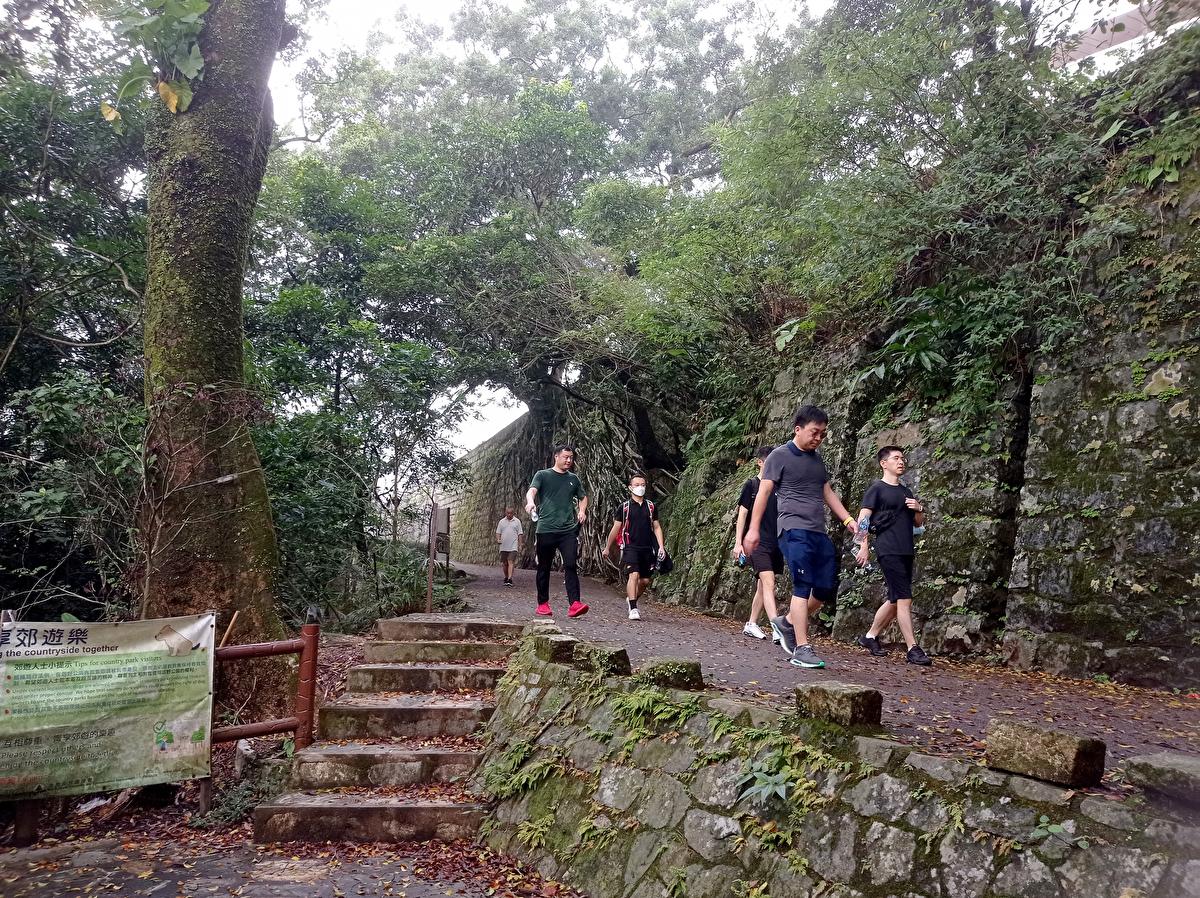
Cheung envisions further developing Sai Kung’s unique tourism offerings by leveraging its fishing village heritage and historic sites. He proposed enriching the area’s artistic vibe through murals, festivals, cultural events, and guided tours — requiring closer collaboration among the government, NGOs, and private cultural tourism groups.
Equally important is environmental conservation, Cheung said. He called for interdepartmental collaboration among tourism, road administration, ecological conservation, and water affairs authorities to address pertinent issues and develop appropriate regulatory measures.
READ MORE: HKSAR upgrading tourism facilities to make city more competitive
“Developing ecotourism is a multifaceted task,” Cheung said. “The endeavor demands a holistic, forward-looking, and scientifically grounded strategy.”


